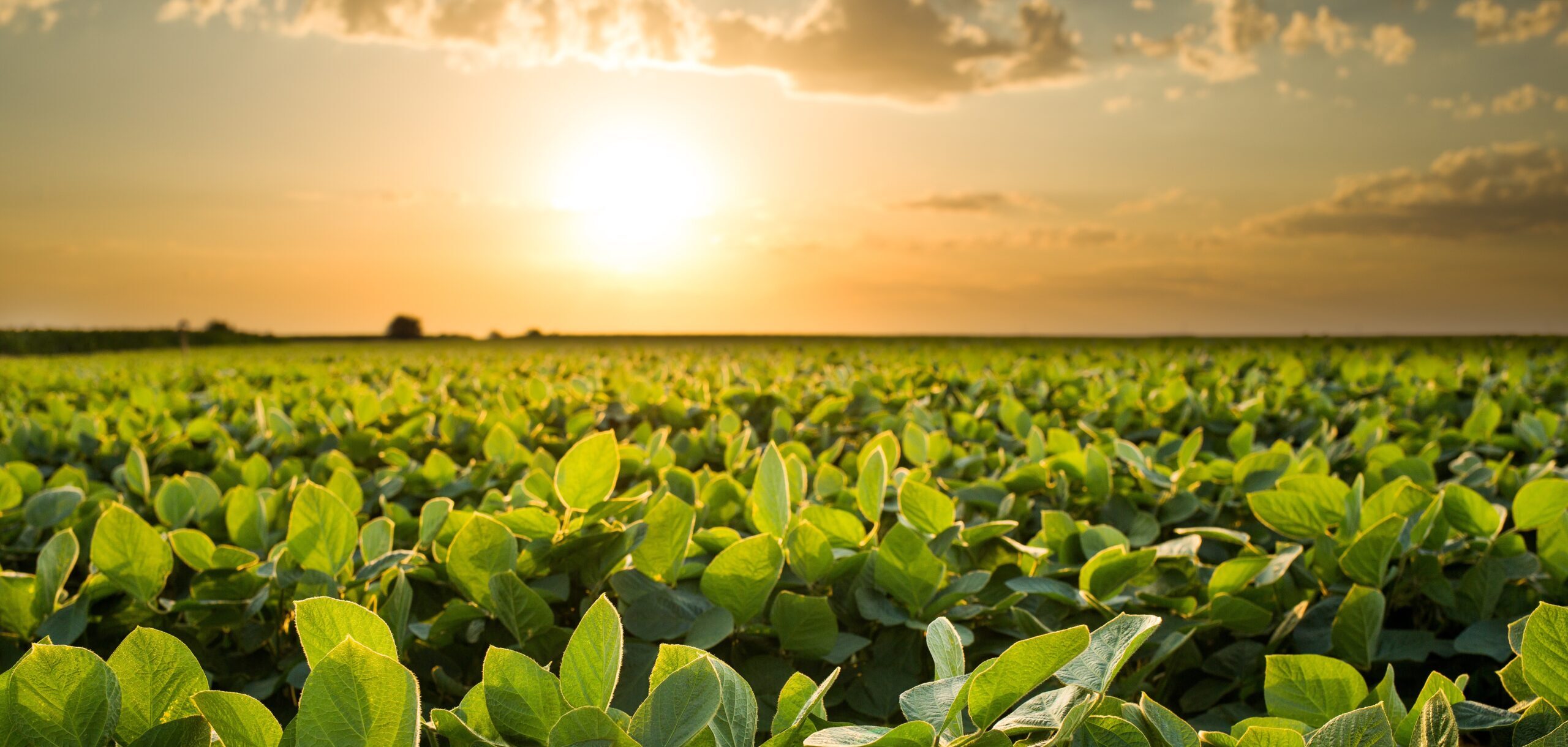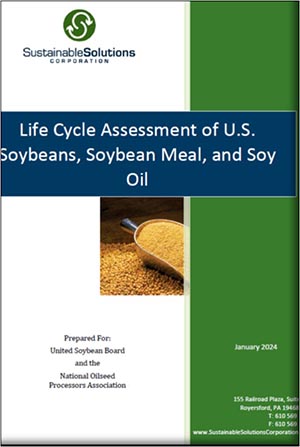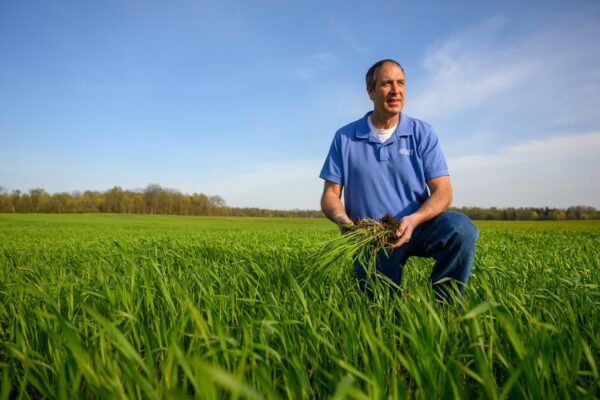Press Release
Life Cycle Assessment Shows U.S. Soy’s Carbon Footprint Has Considerably Decreased

United Soybean Board and National Oilseed Processors Association commissioned a study showing a 19% decrease in carbon footprint for U.S. soybeans in 2021 (compared to 2015).
See full Life Cycle Assessment study here.
ST. LOUIS (Feb. 20, 2024) — A newly released Life Cycle Assessment (LCA) found the U.S. soybean industry’s global warming potential (GWP) profile decreased considerably in 2021 for whole soybeans, soybean meal and soy oil compared to previously reported findings in 2015 and 2010. Commissioned by the United Soybean Board (USB) and the National Oilseed Processors Association (NOPA), the main drivers of environmental impact assessed in the study included soybean cultivation and harvesting (e.g. herbicides, field operations, and fertilizer), transportation and energy usage in processing.
“A big part of USB’s mission is to create value for the half-million U.S. soybean farmers by investing in research,” says Lucas Lentsch, United Soybean Board CEO. “This study helps them better assess and understand their contribution to the environmental impacts throughout the life cycle of the entire soybean. Ultimately this data can competitively position our downstream products such as human foods, animal feeds, biofuels, and other industrial applications.”
As a major commodity crop, soybean production continues to increase over time, and it contributes $124 billion to the U.S. economy. Global output went from less than 50 million tons in 1970 to more than 350 million tons in 2020. The U.S. is one of the commodity’s largest producers and. is the second-largest exporter. Soybeans also make up about 90% of U.S. oilseed production in the agricultural sector.
The LCA study, conducted by Sustainable Solutions Corporation (SSC), analyzed soybean cultivation data from 454 farms across 16 states for 2020 and 2021. In addition, it analyzed operations data (for soybean meal, crude soy oil, and refined soy oil) from 52 soybean processors and 27 soy oil refiners across 18 states for 2021. The study found that the soybean industry’s carbon footprint decreased in 2021 considerably for all U.S. Soy commodities compared to 2015 including a 19% decrease for U.S. soybeans, 6% decrease for U.S. soybean meal, 22% decrease for U.S. crude soy oil and 8% decrease U.S. refined soy oil (from co-located processing and refineries).
“U.S. soy processors have committed to efficiencies across plant operations, manufacturing and transportation processes to improve environmental outcomes amid skyrocketing output,” says Kailee Tkacz Buller, NOPA President and CEO. “The findings of the study align the industry’s improvements with positive environmental outcomes, demonstrating how soy processing has succeeded and allowing us to engage in new ways to maintain that upward trajectory.” We look forward to a continued partnerships with the soy supply chain to further enhance our commitment to environmental stewardship and lower carbon intensity in our operations.
Factors contributing to a decrease in global warming potential, include:
- Land Management: Improving soil health and water quality
- Land Efficiency: Advances and improvements in seed quality have contributed to a 24% increase in yields since 2015
- Pesticide Application and Energy Consumption: Changing farming practices, such as decreased chemical application, implementation of no till and expanded cover crops.
- Manufacturing: Improving technologies and efficiencies at oilseed processing operations, such as switching from coal to natural gas fuel sources
“The results from the LCA conducted for the United Soybean Board and National Oilseed Processors Association demonstrate what can happen when organizations prioritize stewardship and sustainable collaboration,” said Tad Radzinski, President, Sustainable Solutions Corporation. “LCA is a key tool for continuous improvement through identifying and addressing key impact drivers.”
Click here to learn more about the LCA.
About United Soybean Board (USB):
United Soybean Board’s 77 volunteer farmer-leaders work on behalf of all U.S. soybean farmers to achieve maximum value for their soy checkoff investments. These volunteers create value by investing in research, education and promotion with the vision to deliver sustainable soy solutions to every life, every day across the three priority areas of Infrastructure & Connectivity, Health & Nutrition, and Innovation & Technology. As stipulated in the federal Soybean Promotion, Research and Consumer Information Act, the USDA Agricultural Marketing Service has oversight responsibilities for USB and the soy checkoff. For more information on USB, visit unitedsoybean.org.
About National Oilseed Processors Association (NOPA):
Founded in 1930, NOPA is the national trade organization located in Washington, DC representing the U.S. soybean, canola, flaxseed, safflower seed, and sunflower seed crushing industries. Our 15 members operate a total of 62 soybean & 5 softseed solvent extraction plants across 21 states. NOPA members produce meal and oil used in human food, animal feed, fuel and for industrial applications. Collectively, NOPA members process 95 percent of all soybeans in the U.S. which accounts to approximately 2 billion bushels annually. For more information on NOPA, visit www.nopa.org.

Steve Reinhard, USB Chair, evaluates his cover crops, a practice that has contributed to a decrease in his carbon footprint
Note: The change from using primary USB farmer data to using GREET default data for energy inputs results in an approximate 5% reduction in impacts, indicating the 2023 study uses more conservative data for impact calculations. Source: GREET Feedstock Carbon Intensity Calculator. Argonne National Laboratory. 2022 Rev1. March 2023.

